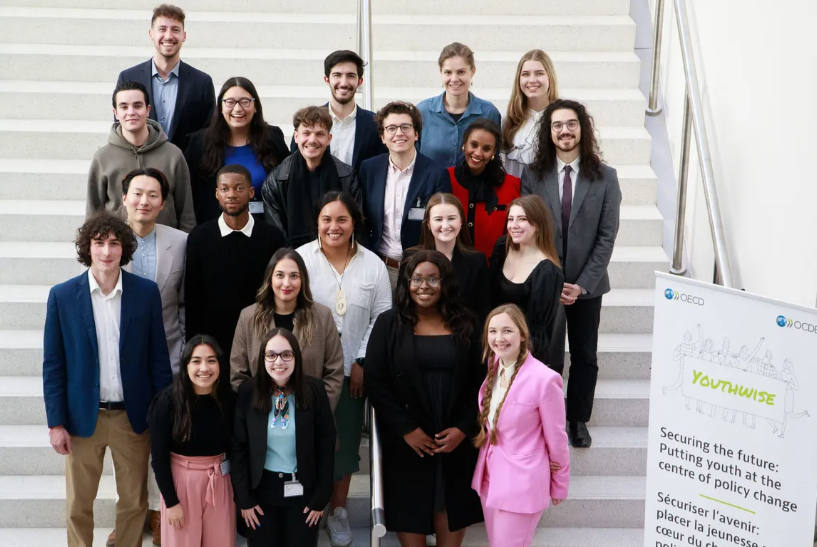In this Article
According to a study conducted by the Organisation for Economic Co-operation and Development (OECD) and the International Labour Organization (ILO), there has been a notable shift in the policy priorities of G20 countries. Fifty-nine percent of youth employment initiatives focus on education and skills development, and 25 percent on improving youth employment opportunities.Combining labor supply and demand strategies, mixed interventions account for 17 percent of total initiatives.

Goal 8 of the UN 2030 Sustainable Development Agenda aims for sustainable economic growth, full employment, and decent work. Target 8.6 focuses on reducing the proportion of youth not in employment, education, or training while Target 8.b focuses on youth employment strategies. According to the data from 87 countries collected by ILO to monitor progress towards Target 8.b, less than half of the countries with available data have implemented a national strategy for youth employment. One-third of these countries have developed a strategy but lack evidence of its implementation.
Table 1. National strategies for youth employment in G20 countries
|
Country |
Description |
|
Australia |
Several programmes but no policy framework |
|
Brazil |
National Pact for the Productive Inclusion of Youth |
|
China |
The Middle-and Long-term Youth Development Plan (2016-2025) |
|
France |
National implementation of the EU Reinforced Youth Guarantee Scheme and complementary initiatives |
|
Germany |
National implementation of the EU Reinforced Youth Guarantee Scheme and complementary initiatives |
|
Italy |
National implementation of the EU Reinforced Youth Guarantee Scheme and complementary initiatives |
|
Japan |
Basic Policy on the Youth Employment (2021) |
|
Mexico |
“Youth building the future” programme |
|
South Africa |
Presidential Youth Employment Intervention |
|
South Korea |
“Measures for Promotion of Youth Entry into the Labour Market (2023) |
|
Russian Federation |
Long-Term Youth Employment Assistance Program for the Period up to 2030 |
The European Union, as a supranational entity, has committed all its Member States to ensuring that every young person under the age of 30 receives a quality offer of employment, continued education, or apprenticeship within four months of becoming unemployed or leaving education. This commitment is implemented at the national level through dedicated programs.
The 2023 policy initiatives show an increased effort to support youth entering the labor market, with 70 percent focusing on facilitating and enhancing employment services. These initiatives also address barriers to quality employment for young women, aiming for gender equality and economic inclusivity. Furthermore, many crisis-related initiatives from previous years have concluded, reflecting a shift towards more sustainable, long-term strategies for youth employment.
The G20 consists of 19 countries — Argentina, Australia, Brazil, Canada, China, France, Germany, India, Indonesia, Italy, Japan, Korea, Mexico, Saudi Arabia, South Africa, Russia, Turkiye, UK, and USA — as well as two regional bodies, the African Union and the European Union. The members of the G20 represent around 85 percent of the world’s GDP, more than 75% of world trade, and around two-thirds of the world’s population.
Reference: OECD/ILO (2024). Youth at Work in G20 Countries: Progress and policy action in 2023, OECD Publishing, Paris https://doi.org/10.1787/8fd7f6b8-en.




